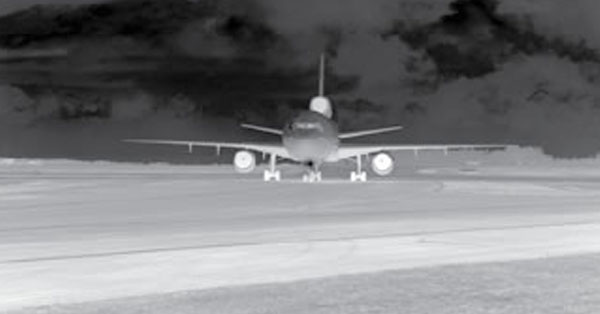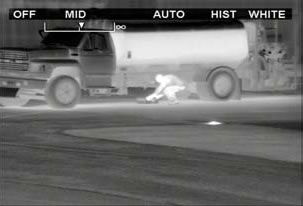Airport Security and the Thermal Camera

Under a growing threat of terrorist attacks, airport authorities around the world are installing FLIR's thermal security cameras to keep their passengers, employees, and valuable equipment safe.

FLIR's thermal security cameras don't suffer from such limitations. They make pictures from heat, so they can see people, vehicles, aircraft and infrastructure clearly in absolute darkness. Thermal security cameras also see farther than comparable CCTV cameras, night and day. This makes them a better solution for securing miles of perimeter fence.
Westchester County Airport (HPN) near White Plains, NY, recently added FLIR thermal security cameras to their array of other cameras and sensors. Thermal cameras allow HPN's security operators to see in total darkness. While their other cameras only work during the day, thermal cameras see clearly 24-hours a day. "FLIR picks up where everything else drops off," said Wendell Orr, HPN's System Administrator for Aviation Services.
Common Challenges
Because airlines operate around the clock, airports need to be as secure at night as they are during the day. Unfortunately, standard closed-circuit TV (CCTV) cameras need lights to be of any use after dark. They can take advantage of the lights installed to help aircraft taxi to and from the gate areas, but dedicated security lights installations are expensive to engineer and install. Moreover, they can't be installed everywhere the security professional needs to see, especially along the perimeter.